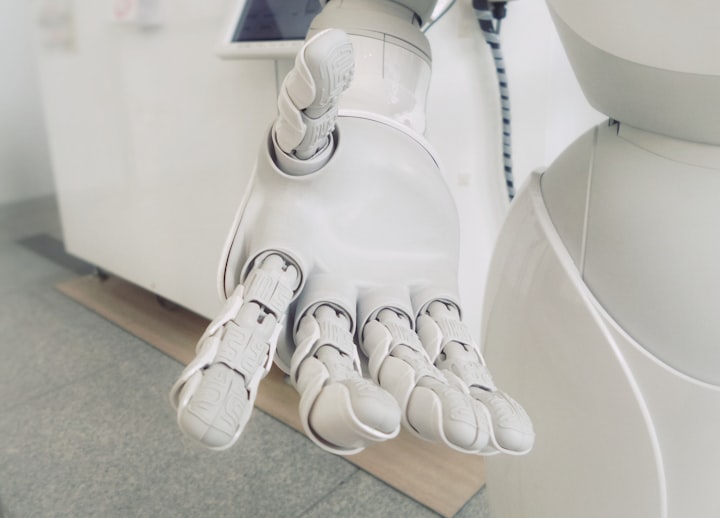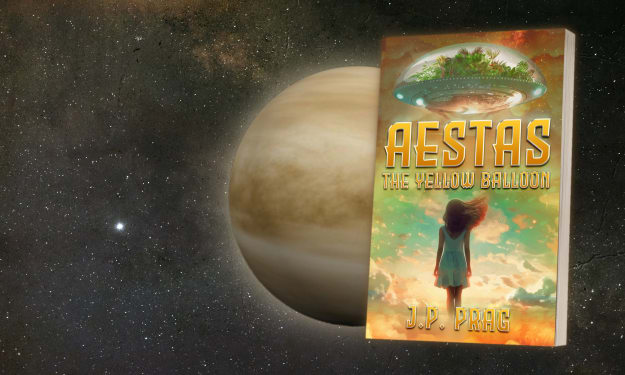How A Sheep Revolutionized Cloning
The bioethics of cloning

Gone are the days where cloning is a far-fetched dream; a scientist grinning in the glowing green light of his evil creation. Gone are the days where the concept of cloning is merely that; now, it is reality.
Not many people know about Dolly the sheep; the first mammal cloned from an adult somatic cell. Dolly the sheep isn’t a product of modern technology either; she was “born” in 1996 in a laboratory in Scotland after 277 previous failed attempts. That was over 20 years ago.
Dolly was created through nuclear fission. Scientists took the DNA of a body cell of one sheep and fused it with the egg cell (with its nucleus removed) of another sheep. The resulting embryo was placed in a surrogate sheep and thus, Dolly was born.
Dolly’s impact was huge. The world was shocked that a sheep was cloned. A frog had been cloned in the 60’s but mammals were seen as too complicated to clone; until now. Dolly brought up the discussion of cloning humans and other species. Since Dolly, 20 species have been cloned.
Over the years, Dolly had 6 children and lived the life of a normal sheep. Towards the end of her life, she developed arthritis and contracted a virus that caused her to develop lung cancer. She was euthanized to save her from any pain in 2003; at the age of 6.
According to “The Life of Dolly”, Dolly’s telomeres’ “were shorter than would be expected for a normal sheep of the same age. As an animal or person ages, their telomeres become progressively shorter, exposing the DNA to more damage. It was thought that, because Dolly’s DNA came from an adult sheep, her telomeres had not been fully renewed during her development. This could have meant that Dolly was biologically older than her actual age.”
While Dolly was not found to have any premature aging conditions, it brings up an interesting question: is cloning ethical?
In the United Kingdom, there is a law for the mother cow to be under anesthesia during the embryo transfer process due to the stress it causes the cows. And, according to PETA, cloned animals are also more likely to have faulty immune systems.
Autumn Fiester writes about Dolly and other cloned animals in his essay, “Ethical Issues in Animal Cloning”, writing, “There is a large body of literature citing high rates of miscarriage, stillbirth, early death, genetic abnormalities, and chronic diseases among cloned animals.”(331)
Dolly isn’t the only clone, however, to spark the conversation of bioethics, cloning and mammal-editing.
In 2018, a man by the name of He Jianku announced to the world that he had made the world’s first genetically modified/edited twins. They are also known as the world’s first CRISPR twins. The twins go by the pseudonyms Lulu and Nana. According to this article, there is a third baby as well. He, the first scientist, has been reportedly jailed for three years for “illegally carrying out human embryo gene-editing intended for reproduction, in which three genetically edited babies were born”.
The terrifying thing about Lulu and Nana is just how much is unknown about them. He has claimed that he will publish data regarding the twins, but he has yet to. He has injected the twins with a gene that is meant to protect the twins from HIV; but scientists aren’t so sure that's all he did.
Dr. Kiran Musunuru, professor of cardiovascular medicine and genetics at University of Pennsylvania Perelman School of Medicine, says, “These babies were treated as subjects in a grand medical experiment, and we have to believe that they will be studied for the rest of their lives; it’s sad actually.”
The notion of editing babies has been a concern of scientists for decades. Autumn Fiester of “Ethical Issues in Animal Cloning” writes, “What makes reproductive cloning morally troubling is that its primary purpose is to create children of a certain kind”. This could further perpetuate toxic beauty standards and create hierarchies based on appearance; even more than what is already present in society. This could lead to less diversity which could thus lead to less tolerance and acceptance.
“What makes reproductive cloning morally troubling is that its primary purpose is to create children of a certain kind”.
Cloned individuals may have trouble with genetic identity; an incredibly important domain of life. Patricia A. Baird writes about this often looked over idea in her brilliant article “Cloning Of Animals And Humans: What Should The Policy Response Be?”. Baird writes about how individuals have certain attributes from both parents while still maintaining a unique identity and how similarities between parents and offspring are an important part of “human identity” (187).
The similarities between parents and offspring is an eternal reminder of the relationship the two share and helps strengthen the bond between them. Sadly, cloned individuals are incapable of experiencing that aspect of “human identity”.
Furthermore, Baird discusses that many children who are adopted show a need to know who their birth parents are to complete a part of their identity. Baird writes that cloned children will “have no chance of having this dual genetic origin” (187). Unfortunately, if cloned individuals do not have friends or people for support; they essentially have no one.
Funnily enough, this idea is presented in Frankenstein. In the novel, the monster has no friends, no acquaintances, and no family. His creator, Victor, shuns the monster which deteriorates the monster’s mental state. The monster feels like an outsider compared to society and promises revenge on all humans. When Victor dies, the monster has truly no one and no reason to live.
Now, as science advances and the world holds its breath, we can only watch to see where cloning takes us. For now, we can only contemplate the bioethics of cloning.
About the Creator
Soha Sherwani
Hello everyone! You can find me @SherwaniSoha on Twitter and @SohaSherwani on Medium!
Thanks for reading!






Comments
There are no comments for this story
Be the first to respond and start the conversation.